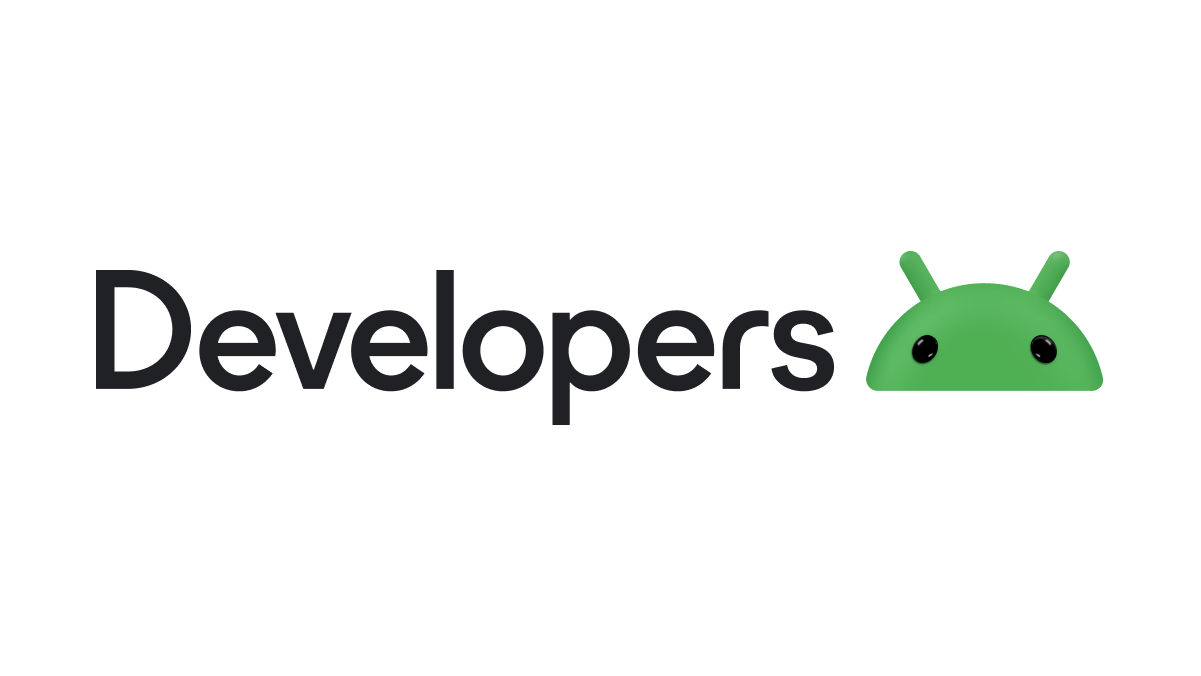

- #ANDROID STUDIO APP ICON GENERATOR GENERATOR#
- #ANDROID STUDIO APP ICON GENERATOR WINDOWS 10#
- #ANDROID STUDIO APP ICON GENERATOR FOR ANDROID#
Notice: If a customized icon is not provided, the Apache Cordova default icons are used. One icon can be used for the application and installer, but this icon should be at least 512x512 pixels to work across all operating systems. (If you want material android icons then select Clip Art.
#ANDROID STUDIO APP ICON GENERATOR FOR ANDROID#
Generate icons for Android mdpi, hdpi, xhdpi, xxhdpi, xxxhdpi. Step 3: Now select Launcher Icons (Adaptive and Legacy) or Launcher Icons (Legacy only) Step 4: Now select Image radio option and pick image from your computer. Best results with images at 512x512 pixels. Select Drawable menu and press + icon and select Image Assets menu item. These icons should be defined in the Electron's platform node. Step 1: Open you Android application in Android studio.
#ANDROID STUDIO APP ICON GENERATOR GENERATOR#
There are two types of icons that can be defined, the application icon and the package installer icon. First of you have to create your own logo or pick up image that you want to place as icon of launcher and upload here Android Asset Studio - Icon Generator.
#ANDROID STUDIO APP ICON GENERATOR WINDOWS 10#
Windows 10 platform guidelines for icons.Įlectron Customizing the Application's IconĬustomized icon(s) can be declared with the element(s) in the config.xml file. In the above configuration, the package is setup to replace the existing launcher icons in both the Android and iOS project with the icon located in the.define a group of icons for different device scale factors using a single element, for example:.Summarizing the above… using the target attribute it is possible to: For the icons to display properly in the application, every target value should be one of the icon filenames defined in the application's. For every icon file, its destination filename is calculated as target + '.' + MRT_qualifiers + extension(src). The target attribute specifies the base name for the resultant icons. The Windows platform handles MRT icons automatically, so if you specify src="res/windows/storelogo.png" the following files will be copied into the application's images folder: res/windows/, res/windows/, etc. This is quite late already and this is for ANDROID, but you can actually convert an svg file directly in android studio, right click on drawable folder from res folder and select vector asset: Then select local file (SVG, PSD) You can then select the svg file from the path field and android studio will directly convert the file as a resource. Where src is the path to the icon which needs to be added. See Alsoįor Windows the recommended approach to define application icons is to use the target attribute. Adaptive Icon with Colors:Ĭreate a res/values/colors.xml resource file in your project directory to store the app's color definitions. Note: In this example, the src attribute must be defined when then foreground attribute is defined with a vector or color. The fallback icon can be overridden by setting the src attribute. Note: In this example, the foreground image will also be used as the fallback icon for Android devices that do not support the adaptive icons.


 0 kommentar(er)
0 kommentar(er)
